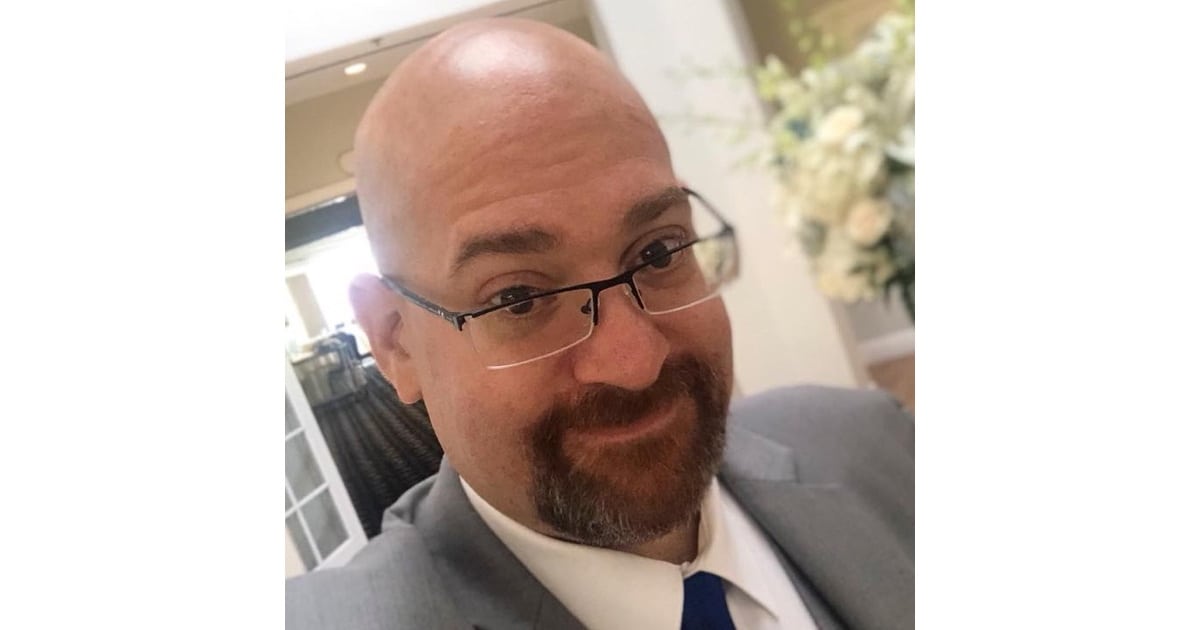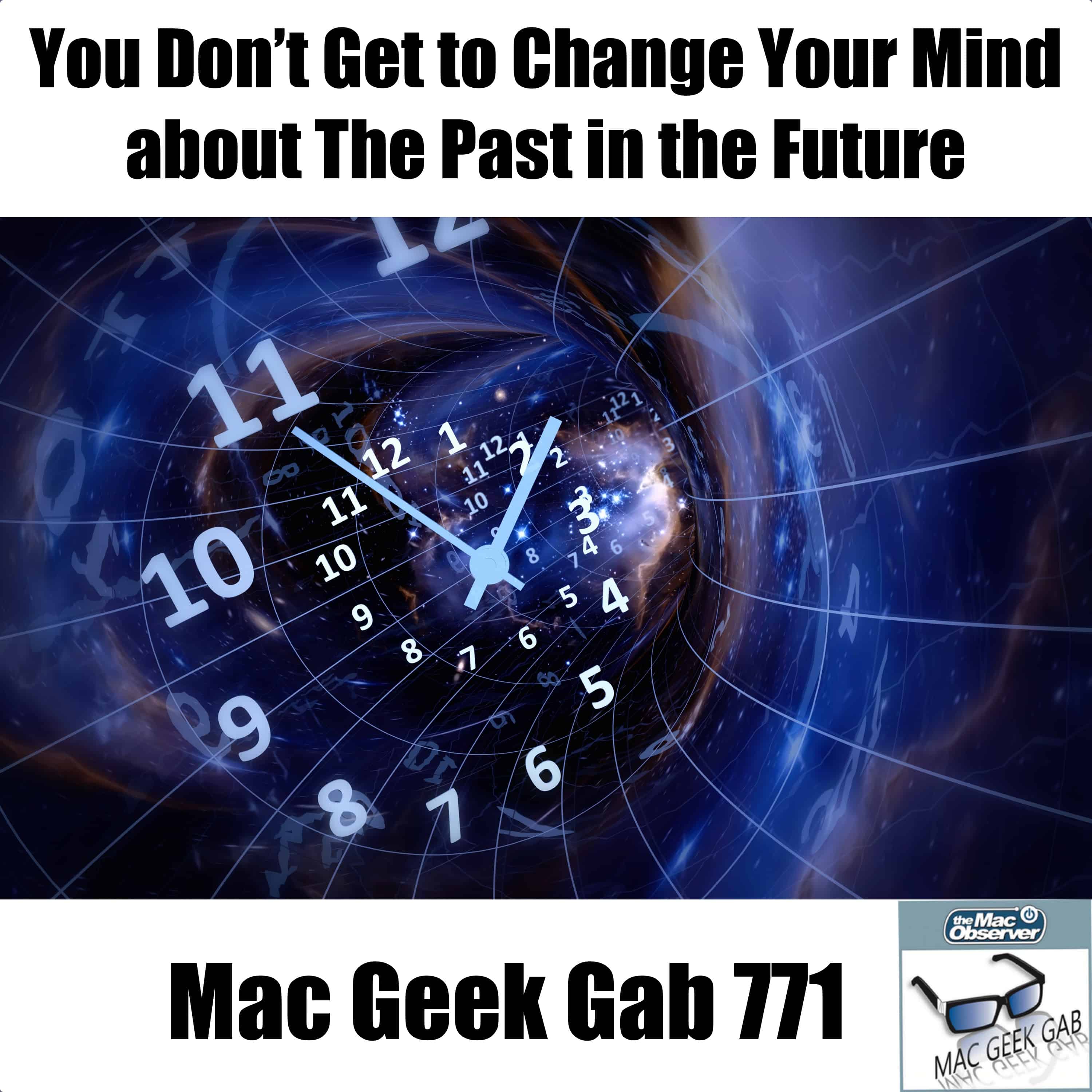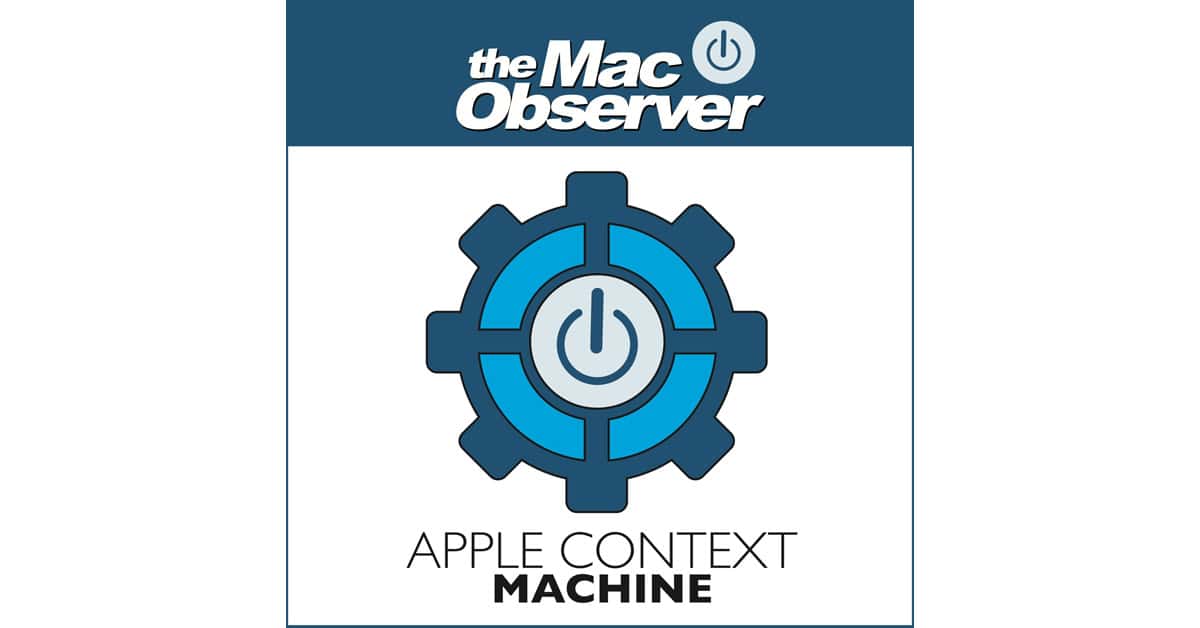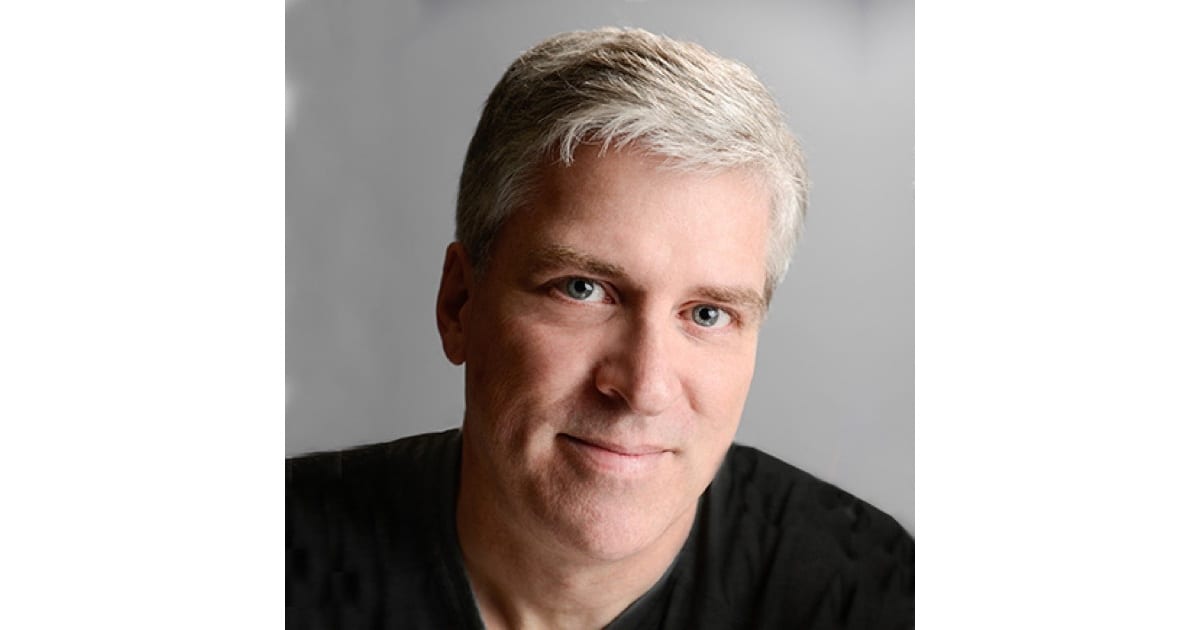Andrew Orr and Charlotte Henry join host Kelly Guimont to talk about the rollout of the Apple Card, and Claris making a comeback.
ZDNet Sr. Technical Editor Jason Perlow - TMO Background Mode Interview
Jason Perlow is a a well-known technical journalist. He is also also a technologist with over two decades of experience in cloud computing, IoT, mobility, security, open source, enterprise systems architecture, Microsoft technology, and Software as a Service. Today, he is a Senior Technical Editor at ZDNet and an Information Security Threat Writer at Proofpoint.
Jason started his tech life at age 12 with an Apple II Plus thanks to a very technical father. But after college, Jason was hired by IBM and years later by Microsoft. The result was a standoffish approach to Apple. Today, however, Jason is all in with Apple, and he told me the story of how that happened. In fact, Jason thinks Apple and Microsoft should be working more closely together, and we explored his recent article about that.
MacBook Pro Changes, iPhone Design Leaks – TMO Daily Observations 2019-08-05
John Martellaro and Bryan Chaffin join host Kelly Guimont to talk about changes to the MacBook Pro lineup, and iPhone designs vs Nexus leaks.
Five New Keyboard Shortcuts, Cool Stuff Found, and More Tips – Mac Geek Gab 773
Sometimes just one tip can cause you and your two favorite geeks alike to learn at least five new things. Does this episode have that magic tip? You’ll have to listen to find out! Along the way you’ll learn more about APFS, Encryption, Power, and more as John and Dave walk you through it all!
Suspending Siri Grading, MacBook Saga Ends – TMO Daily Observations 2019-08-02
John Martellaro and Adam Christianson join host Kelly Guimont to talk about Siri’s grading program and the end of John’s MacBook repair saga.
CBS vs DirecTV, Microsoft Ad Deconstruction – TMO Daily Observations 2019-08-01
John Martellaro and Bryan Chaffin join host Kelly Guimont to discuss the evolution of the CBS/DirecTV standoff, and a new ad from Microsoft.
Stock Market School, Data Transfer Project – TMO Daily Observations 2019-07-31
Andrew Orr and Bryan Chaffin join host Kelly Guimont to talk about yesterday’s earnings report, and Apple joining the Data Transfer Project.
Capital One Breach, Interactionless iOS Bugs – TMO Daily Observations 2019-07-30
Bryan Chaffin and Andrew Orr join host Kelly Guimont to talk about what you can do about the Capital One data breach, and iOS bugs.
Future Historian Steve Carper - TMO Background Mode Interview
Steve Carper is a Future Historian, researching how the dazzling future that dominated the Golden Age of science fiction was created—starting with the technological frenzy of the late 19th century.
Steve writes a bi-weekly robot column at BlackGate.com and his latest book, published in June 2019, is Robots in American Popular Culture. This book examines society’s reactions to robots and androids such as Robby, Rosie, Elektro, Sparko, Data, WALL-E, C-3PO and the Terminator in popular culture.
Steve and I discussed his new book, covering some of the most famous robots of fiction and then all aspects of robot technology in our culture: robots as servants, enemies, lovers, children, successors and doubles. Where will the evolution of robots take our society next? Klaatu barada nikto.
Navigation HUDs and iPhone, 16" MacBook Pro Rumor Roundup – TMO Daily Observations 2019-07-29
Charlotte Henry and John Martellaro join guest-host Bryan Chaffin to discuss the future of car navigation, HUDs, and iPhone. They also parse the latest rumors of a 16-inch MacBook Pro that’s supposed to hit this fall.
We Love Dongle World – Mac Geek Gab Podcast 772
Live from MacStock Conference and Expo 2019, John and Dave play Stump the Geek and take listener questions live, with a little help from impromptu co-host Kelly Guimont! Learn about APFS and Fusion Drives, iPhones making sounds when they’re not supposed to, and why we love Dongle World as much as we do. Press play and learn at least five new things!
MacBook Saga, DirecTV and CBS Squabble – TMO Daily Observations 2019-07-26
John Martellaro and Bryan Chaffin join host Kelly Guimont to talk about the latest in John’s MacBook saga, and the CBS/DirecTV kerfuffle.
Older iOS Software Updates, TMO Picks – TMO Daily Observations 2019-07-25
Andrew Orr and Bryan Chaffin join host Kelly Guimont to talk about the upcoming GPS update for older devices, and some picks for listeners.
Apple Headset Patent, Google Buying Facial Data – TMO Daily Observations 2019-07-24
Bryan Chaffin and Andrew Orr join host Kelly Guimont for a discussion of an Apple “headset” patent and Google’s offer to buy facial data.
Intel Selling Modem Biz, USB Hubs – TMO Daily Observations 2019-07-23
John Martellaro and Andrew Orr join host Kelly Guimont to theorize about Intel selling their modem business to Apple, and USB/USB-C hubs.
Theoretical Physicist Dr. Jim Gates - TMO Background Mode Interview
Dr. Jim Gates is a theoretical physicist and currently the Brown Theoretical Physics Center Director, Ford Foundation Professor of Physics, Affiliate Mathematics Professor, and a Watson Institute for International Studies & Public Affairs Faculty Fellow at Brown University. He is known for his work on supersymmetry, supergravity, and superstring theory.
We opened the show with a discussion of Jim’s early career, a B.S. with a dual major in mathematics and physics at MIT and, later, his Ph.D. in physics, also from MIT. In the heart of the podcast, Jim explained Superstring theory—its successes, failures and issues with dark energy. He also explained supersymmetry and supergravity for us. We finished with what’s considered the hottest topic in theoretical astrophysics. Jim is an extraordinary teacher and science communicator, so tune in and get your science hat on!
Apple Display Tech, Entry-Level iPhones – TMO Daily Observations 2019-07-22
Charlotte Henry and John Martellaro join host Kelly Guimont to talk about display technology in Apple devices, and an “entry level” iPhone.
You Don’t Get to Change Your Mind about The Past in the Future – Mac Geek Gab Podcast 771
So how do these “silent updates” work, anyway? Why can’t I click links in Safari? And will your future self be happy with your past self’s backup-related decisions? These are the hard questions, folks, and your two favorite geeks tackle them just for you. Plus, listen as John and Dave share your tips, Cool Stuff Found, and more. Mac Geek Gab 771 is here just for you. Press play and enjoy learning at least five new things!
iOS 13 and iPad OS, Things We Like and Things We Like Less, with Andrew Orr - ACM 519
Bryan Chaffin is joined by Andrew Orr to discuss Apple’s new iOS 13 and iPadOS, both of which are in developer and public beta. They talk about some of the features they really like—and some features they don’t like at all.
Apollo Space in the News, Apple's Russia Conundrum - TMO Daily Observations 2019-07-19
Charlotte Henry and Andrew Orr join guesthost Bryan Chaffin to look at all the awesome Apollo and space content that’s available around the Moon Landing’s 50th anniversary. They also talk about a proposed law in Russia that could challenge some of Apple’s core business principles.
FaceApp Terms, Inside Podcasting Baseball – TMO Daily Observations 2019-07-18
Dave Hamilton and Charlotte Henry join host Kelly Guimont to discuss the current FaceApp situation, and the current podcasting landscape.
Apple's Engineering Focus, iPod Frustration – TMO Daily Observations 2019-07-17
John Martellaro and Charlotte Henry join host Kelly Guimont to discuss Apple’s engineering focus and the use case for the “new” iPod touch.
Mesh Wi-Fi, App Store Bug – TMO Daily Observations 2019-07-16
Andrew Orr and Dave Hamilton join host Kelly Guimont to discuss Dave’s mesh Wi-Fi guide with a side of Prime Day deals, and an App Store bug.
Science Fiction Author Darren Beyer (#2) - TMO Background Mode Interview
Darren Beyer is a former NASA Space Shuttle engineer at Kennedy Space Center who worked on launching and recovering more than a dozen missions. He also conducted astronaut training and had the honor of working onboard every Space Shuttle orbiter except Challenger. In late 1998, he left NASA to become an author.
The result was the Anghazi series of novels, Casimir Bridge, released in 2016 to rave reviews thanks largely to his commitment to putting the science back in science fiction. The second installment, Pathogen Protocol was released in October, 2018. In this second show with Darren, we continue our previous discussion: Back to the Moon first or off to Mars first? With robot companions? Industrializing the Moon. Plus: Darren’s approach to the third novel in the Anghazi series and an explanation of how his characters achieve interstellar travel.









